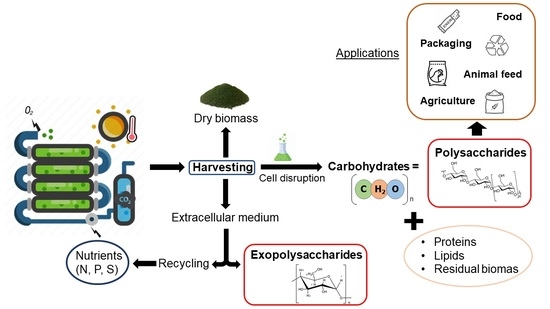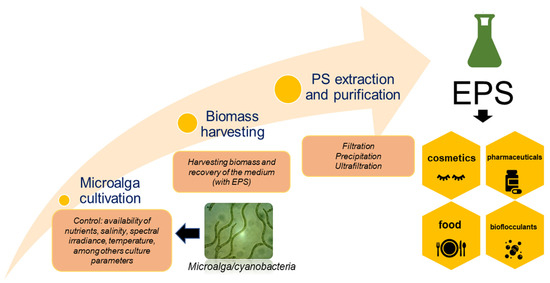Current Opinion in Polysaccharides
A topical collection in Polysaccharides (ISSN 2673-4176).
Viewed by 317908Editors
2. Clermont Auvergne INP, CNRS, Institut Pascal, Université Clermont Auvergne, 63000 Clermont-Ferrand, France
Interests: biomaterials; polymers; polysaccharides; nanomaterials
Special Issues, Collections and Topics in MDPI journals
Interests: medicinal plants; pharmacognosy; phytochemistry; plant polysaccharides and oligosaccharides; prebiotics; enzymology
Special Issues, Collections and Topics in MDPI journals
Interests: polysaccharides from bacteria; algae and terrestrial plants; bioprocess; enzymes; chromatography
Special Issues, Collections and Topics in MDPI journals
Topical Collection Information
Dear Colleagues,
For several years, polysaccharides have been described by a lot of scientists from all over the world. In fact, in the biosourced polymer group, polysaccharides are definitely considered one of the most structural complexes of biomolecules from so many diverse biotopes.
This new Topical Collection of the Polysaccharides journal aims to collect only review papers on polysaccharides exploration (from all current bioressources such as microbes/bacterias, animals, microalgae, seaweeds, and plants), description (structures, post-modification, etc.) and applications (bioprinting, active biomolecules, materials, etc.). Consequently, as collection editor, I request all scientists working in the polysaccharides field to contribute to this Topical Collection called “Current Opinions in Polysaccharides” by submitting exclusively review papers on all the main polysaccharide and oligosaccharide topics, such as pharmaceutical (bioactive polysaccharides and oligosaccharides, hydrogels, bioinks, etc.), food packaging (films, smart material, etc.), agriculture (biofertilizers, bioelicitors, etc.), etc. from physicochemical and/or enzymatic processes. In this Topical Collection, biological mechanisms, bioprocesses, and structural characterizations are mainly welcome.
Dr. Cédric Delattre
Prof. Dr. Paolina Lukova
Dr. Guillaume Pierre
Collection Editors
Manuscript Submission Information
Manuscripts should be submitted online at www.mdpi.com by registering and logging in to this website. Once you are registered, click here to go to the submission form. Manuscripts can be submitted until the deadline. All submissions that pass pre-check are peer-reviewed. Accepted papers will be published continuously in the journal (as soon as accepted) and will be listed together on the collection website. Research articles, review articles as well as short communications are invited. For planned papers, a title and short abstract (about 100 words) can be sent to the Editorial Office for announcement on this website.
Submitted manuscripts should not have been published previously, nor be under consideration for publication elsewhere (except conference proceedings papers). All manuscripts are thoroughly refereed through a single-blind peer-review process. A guide for authors and other relevant information for submission of manuscripts is available on the Instructions for Authors page. Polysaccharides is an international peer-reviewed open access quarterly journal published by MDPI.
Please visit the Instructions for Authors page before submitting a manuscript. The Article Processing Charge (APC) for publication in this open access journal is 1200 CHF (Swiss Francs). Submitted papers should be well formatted and use good English. Authors may use MDPI's English editing service prior to publication or during author revisions.
Keywords
- bacterial polysaccharides
- seaweed and plant polysaccharides
- microalgae polysaccharides
- polysaccharide-based material
- 3D-bioprinting
- oligosaccharide derivatives
- biological activities
- hydrogel














































